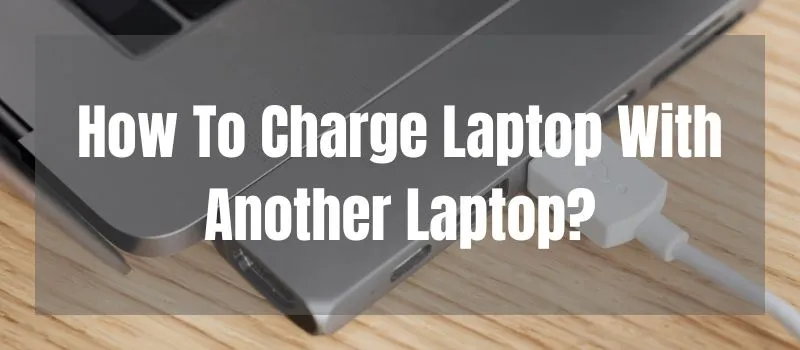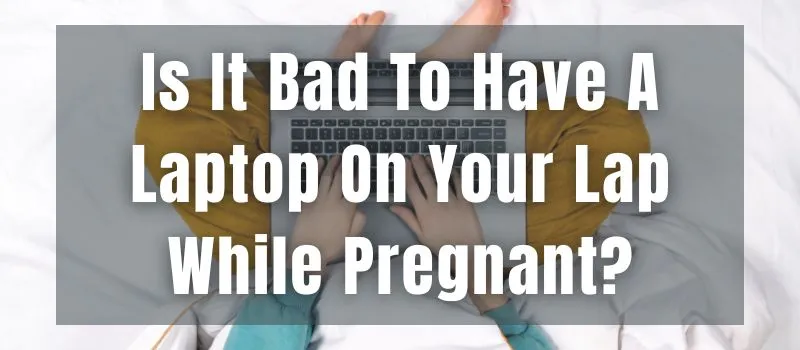When it comes to air travel, packing can be a stressful experience, especially when it comes to electronic devices like laptops. You may wonder, “Are laptops allowed in checked baggage?” It’s a valid question and one that we’re here to answer.
We’ll explore the guidelines and regulations surrounding laptops in checked baggage so that you can pack with confidence and ease. Whether you’re a frequent traveler or a first-time flyer, this guide will provide you with all the information you need to know about traveling with laptops.
So, let’s dive in and discover the rules and regulations for carrying laptops in checked baggage.
Table of Contents
Are Laptops Allowed In Checked Baggage?
When traveling by air, one of the biggest concerns is what items are allowed in checked baggage. Laptops are a common item that many travelers want to take with them, but are they allowed in checked baggage?
According to the Transportation Security Administration (TSA), laptops are allowed in checked baggage, but it is not recommended. In fact, TSA advises that laptops should be placed in a separate bin for X-ray screening during the security checkpoint. This means that if you pack your laptop in your checked baggage, you will need to remove it and place it in a separate bin for screening.
It is important to note that while laptops are allowed in checked baggage, there are some risks associated with packing them this way. For example, laptops can be damaged during handling or transport, which could result in costly repairs or the loss of important data. If your luggage is lost or delayed, you may be without your laptop for an extended period of time.
So, what should you do if you need to travel with a laptop? The best option is to pack it in your carry-on bag. This way, you can keep it with you at all times and ensure that it is not damaged during transport. If you have a TSA PreCheck® membership, you do not need to remove your laptop from your bag during the security checkpoint.
It is also important to note that you should not pack your laptop with other electronics in checked baggage, as they may cause damage to each other. It is not recommended to pack your laptop with hard items such as books or toiletries, as they could cause damage.
Why do people pack laptops in checked baggage?
There are several reasons why people may choose to pack their laptops in checked baggage rather than carry-on baggage. One of the main reasons is convenience. When you have multiple bags to carry, it can be easier to check in your laptop and not worry about carrying it through the airport.
Another reason is security concerns. Some travelers may feel uncomfortable carrying expensive electronic devices in public places, especially in countries with a high crime rate or pickpocketing incidents. Some airlines may restrict the number of carry-on bags, and packing a laptop in checked baggage can be a way to avoid extra fees.
Risks of packing laptops in checked baggage
While packing a laptop in checked baggage may seem like a convenient and secure option, there are several risks involved. These risks include:
Risk of theft and loss
Laptops are valuable items that can be easily stolen or lost, especially when they are out of sight. When you check in your laptop, you relinquish control over it until you retrieve it at your destination. If your luggage is lost or stolen, you may never see your laptop again, which can lead to data loss and financial loss.
Risk of damage and breakage
Checked baggage is subjected to rough handling, extreme temperatures, and pressure changes during the flight. Laptops are delicate devices that can be easily damaged or broken if not properly protected. If your laptop is damaged during the flight, you may need to repair or replace it, which can be costly and time-consuming.
Guidelines for packing laptops in checked baggage
If you decide to pack your laptop in checked baggage, there are several guidelines to follow to minimize the risks and ensure a safe journey. These guidelines include:
Backup your data
Before packing your laptop in checked baggage, make sure to back up all your important data to an external hard drive, cloud storage, or a USB stick. This will ensure that your data is safe in case your laptop is lost or damaged during the flight.
Use a sturdy and well-padded laptop bag
Choose a laptop bag that is sturdy, well-padded, and fits your laptop snugly. Avoid using a regular backpack or suitcase, as they may not provide enough protection for your laptop. A good laptop bag should have a padded compartment for your laptop, as well as additional compartments for accessories such as chargers, cables, and mice.
Remove batteries and peripherals
Before packing your laptop in checked baggage, remove the batteries and any peripherals such as external hard drives, USB sticks, and CDs. These items can cause damage to your laptop if they move around during the flight. Keep them in a separate bag or pocket in your carry-on baggage.
Place the laptop in the center of the bag
When packing your laptop in the bag, place it in the center of the bag and surround it with soft items such as clothes, towels, or pillows. Avoid placing the laptop near the edges or corners of the bag, as they are more susceptible to damage. Make sure the laptop is tightly secured and cannot move around during the flight.
Use TSA-approved locks
If you are using a lock to secure your laptop bag, make sure it is a TSA-approved lock. TSA agents may need to open and inspect your bag during security checks, and a non-TSA-approved lock may be cut off, leaving your bag unsecured.
Choose the right airline and class
Different airlines have different rules and regulations regarding the packing of laptops in checked baggage. Some airlines may restrict the use of lithium-ion batteries or require special packaging for laptops. Check the airline’s website or contact their customer service for more information.
If you have a valuable laptop, consider traveling in a higher class that offers more luggage allowance and better handling of checked baggage.
Declare the laptop at the check-in counter
When checking in your luggage, inform the check-in agent that you have a laptop in your checked baggage. They may provide special instructions or tags for handling your bag, or advise you to pack your laptop in your carry-on baggage instead.
Alternatives to packing laptops in checked baggage
If you are concerned about the risks of packing your laptop in checked baggage, there are several alternatives to consider:
Carry-on baggage
The safest and most convenient way to travel with your laptop is to pack it in your carry-on baggage. This way, you can keep your laptop with you at all times and ensure its safety. Most airlines allow passengers to bring one carry-on bag and one personal item such as a laptop bag or backpack.
Shipping services
If you have a valuable or fragile laptop, you can consider using a shipping service to send it to your destination. Shipping services such as FedEx, UPS, and DHL offer door-to-door delivery of laptops and other electronic devices, with tracking and insurance options.
FAQs
Is it safe to pack a laptop in checked baggage?
While laptops are allowed in checked baggage, there are risks involved, such as theft, loss, and damage. Follow the guidelines provided in this article to minimize these risks.
Can I bring a laptop as a carry-on item?
Yes, most airlines allow passengers to bring one carry-on bag and one personal item such as a laptop bag or backpack. This is the safest and most convenient way to travel with your laptop.
Can I pack a laptop with other electronics in checked baggage?
It is not recommended to pack laptops with other electronics in checked baggage, as they may cause damage to each other. It is best to pack each electronic device separately and follow the guidelines provided in this article.
Can I pack a laptop with clothes in checked baggage?
Yes, you can pack your laptop with soft items such as clothes, towels, or pillows. Just make sure the laptop is in the center of the bag and tightly secured to prevent damage.
What should I do if my laptop is damaged or lost during air travel?
If your laptop is damaged or lost during air travel, contact the airline’s customer service or baggage claim office immediately. They may offer compensation or assistance in locating or replacing your laptop.
Conclusion
In conclusion, laptops are allowed in checked baggage, but there are several risks and guidelines to follow to ensure a safe and hassle-free journey. If you decide to pack your laptop in checked baggage, make sure to back up your data, use a sturdy and well-padded laptop bag, remove batteries and peripherals, place the laptop in the center of the bag, use TSA-approved locks, choose the right airline and class, and declare the laptop at the check-in counter.
If you are concerned about the risks of packing your laptop in checked baggage, consider alternatives such as packing it in your carry-on baggage or using a shipping service. By following these guidelines and alternatives, you can ensure the safety and security of your laptop during air travel.
Read More About Laptops:




